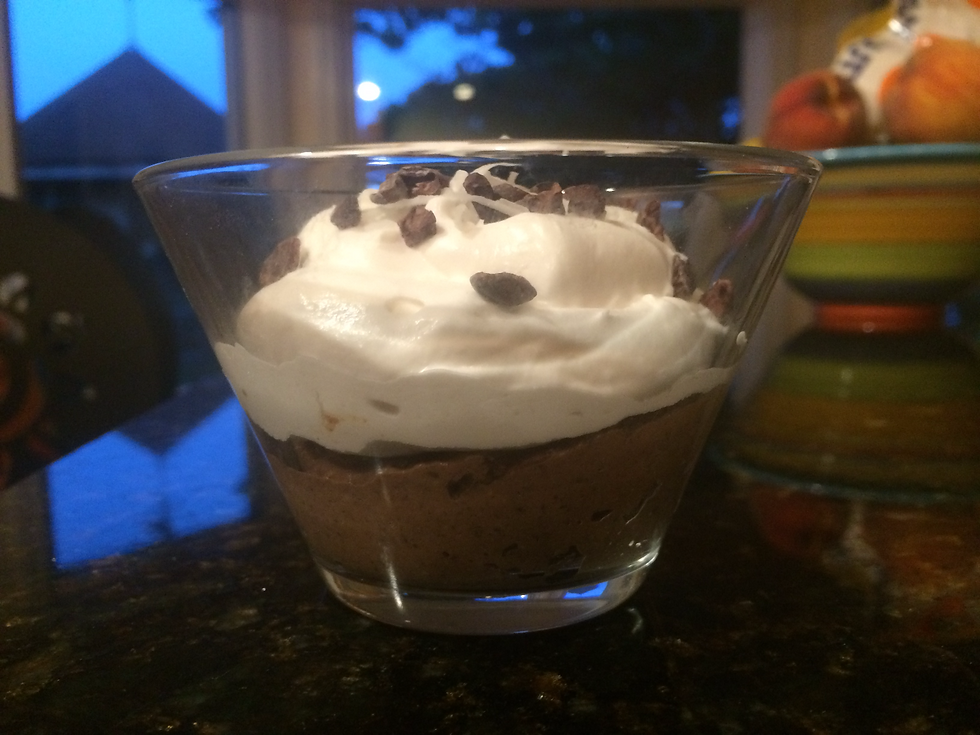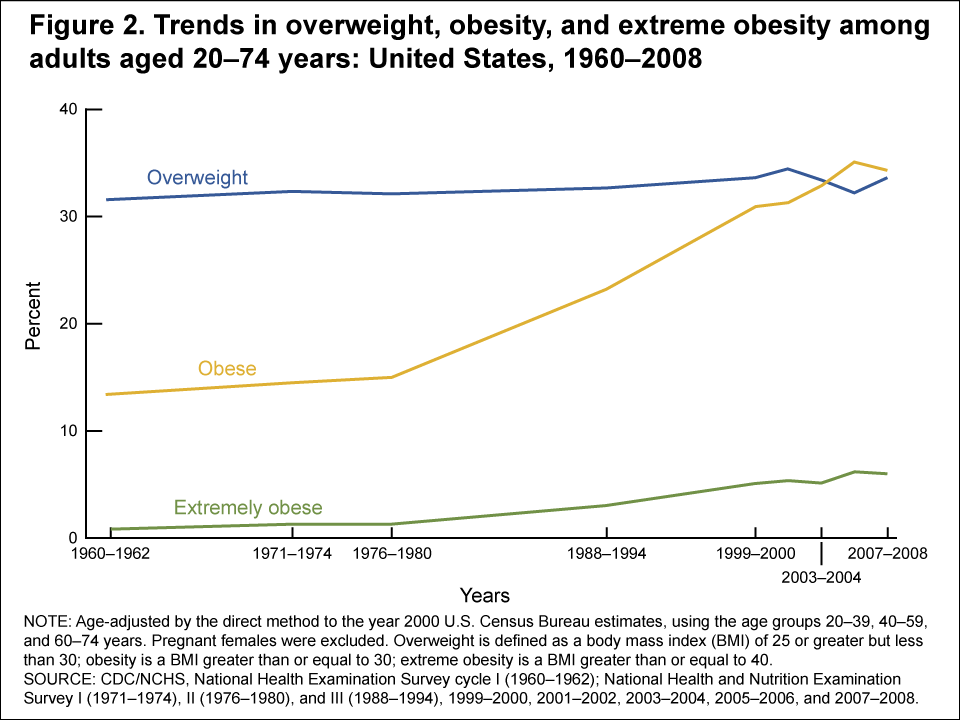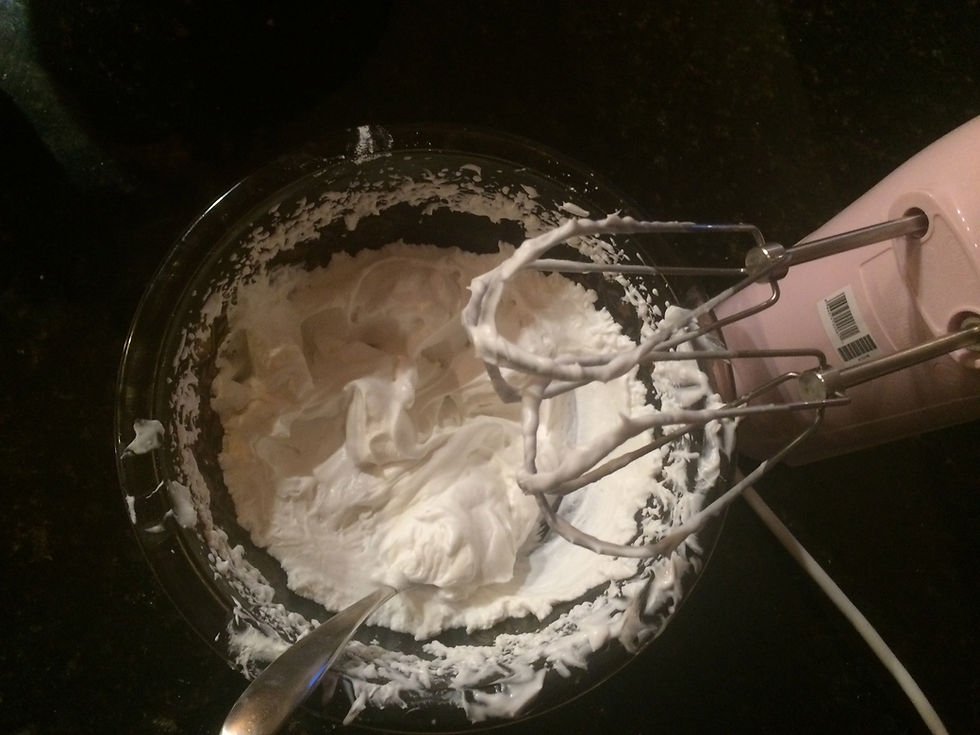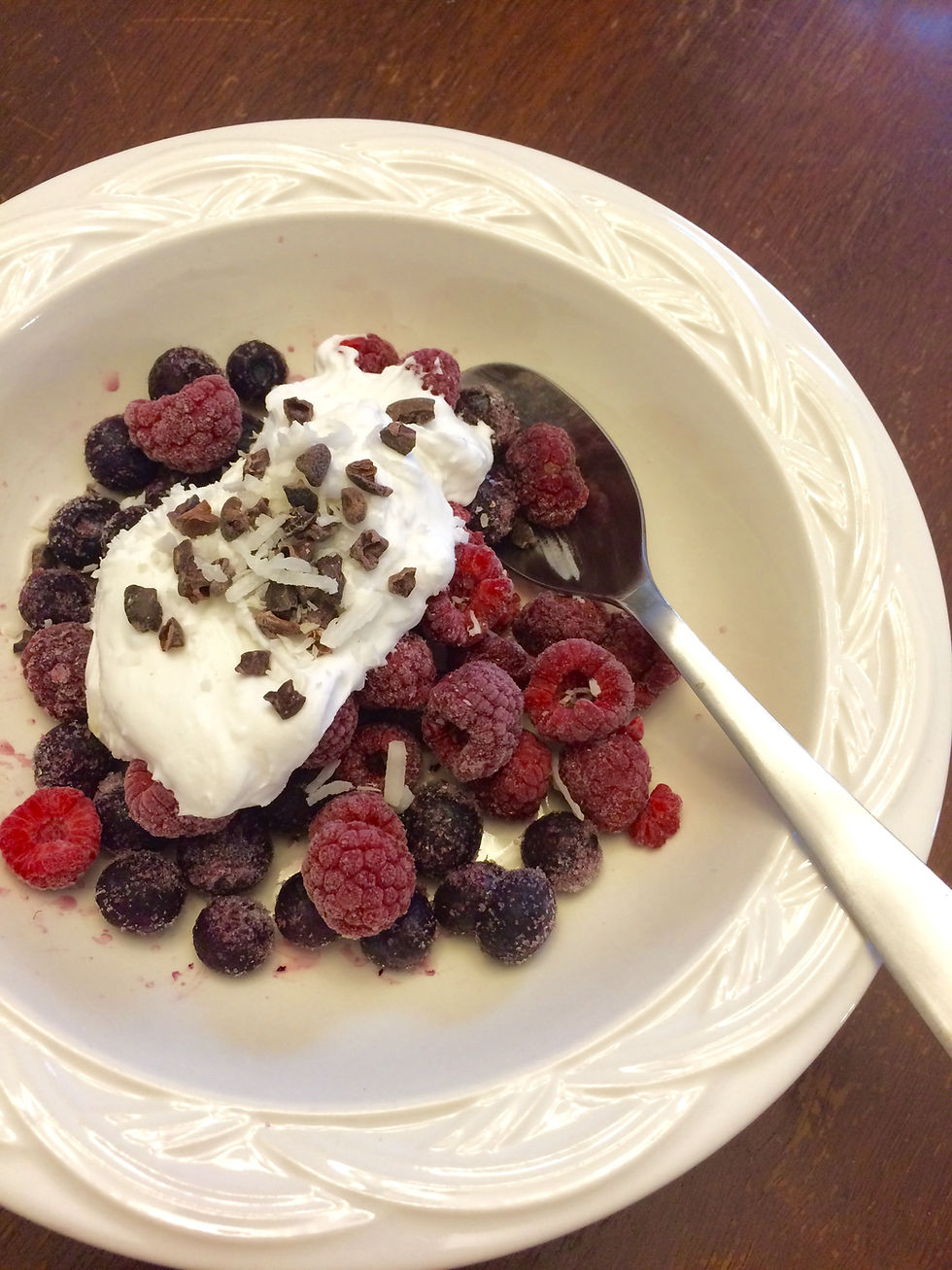
Let’s talk about fat.
Specifically, let’s talk about triglycerides, or dietary fat. Body fat is a whole other thing, and can be the result of excess carbohydrates, protein, or fat.
Confusing? This confusion is the cause for the low-fat fad diet of the last few decades. Starting in 1977, the government started recommending to Americans to eat less fat, and in the 1980’s we started producing heaps of low-fat products. Along with this, high fructose corn syrup began to be put into everything. We saw that even when low-fat products were the fad, obesity in America was still rising significantly.

In fact, the 1970s and 80s are when the rate of increase in obesity actually grew.
Generally, daily guidelines still recommend that a larger percentage of calories in a diet come from carbohydrates (45-65%) than fat (20-35%), because fat has more than twice as many calories per gram than carbs do. But, as I’ve always said, the important thing is balance. Excess of any macronutrient (carbs, fat, or protein) can cause weight gain and increased risk of disease, and all three macronutrients are necessary for health.

Anyway, back to dietary fat. Fat, or triglycerides, is a type of lipid. Also in this class are phospholipids (what cell membranes in your body are made up of, which can be found in things like eggs) and sterols (like cholesterol). Warning: a lot of chemistry ahead.
A triglyceride is a molecule of glycerol (a 3-carbon structure) with three fatty acid chains, which are chains of carbon with structures on the end (specifically, an acid group, COOH and a methyl group, CH3). When the triglyceride enters the body, enzymes in your mouth begin to break down the molecules slowly. As the fat enters your stomach, the churning of your stomach disperses the fat and makes it easier for enzymes, known as lipases, to attack the molecules for digestion. These enzymes then, with bile that had been stored in your gallbladder, break down the lipid in your small intestine so that you can use it for energy and other functions.
If there are less than 6 carbons in a chain, it’s called a short-chain fatty acid; 6-10 is a medium chain fatty acid, and 12-24 is a long chain fatty acid. Short and medium chain fatty acids have been found to be digested and absorbed easier into the digestive tract than long-chain fatty acids. Short and medium chain are absorbed right into cells, while long-chain take a different route to be used by the cells and require the enzymes mentioned above to be digested.
Fats can also be categorized by the number of double bonds in the fatty-acid chain of carbons. If there is one double bond, the fat is monounsaturated; two or more is polyunsaturated. If there are no double bonds, its a saturated fatty-acid.
Trans fat has to do with the structure and shape of fatty acid. They are made by heating liquid vegetable oils in the presence of hydrogen gas and a catalyst, a process called hydrogenation. Hydrogenating food makes it more self-stable and able to withstand repeated heating, making it good for deep-frying and increasing the shelf-life of food. (But, as we’ll see, it’s very bad for us. )
Here’s a nice chart showing all of this:

There is one more way we typically distinguish types of fat, which is known as the Omega number. You’ve probably heard of heart-healthy omega-3 fats, right? The omega number describes how close the double bond in unsaturated fatty acids is to the methyl group on the end. While most types of fatty acids can be manufactured by the body, omega-3 cannot, and thus it must enter the body dietarily (making it an essential fatty acid). It’s found in fatty fish like salmon and some nuts and seeds. Omega 3s can lower your blood triglycerides, which lowers your risk for heart disease. Omega 6 fatty acids are also essential (can’t be made by the body), but most American diets get enough of this type of fat. They play an important role in brain function and healthy growth and development.
This was a lot of science, so here are some puppy pictures to revive you:


Now that we’ve talked a lot of science, I think it’s time for a recipe. This is a really simple one: coconut whipped cream. It only has 2 ingredients, but the important thing for this is the technique. You have to buy a can of coconut milk or coconut cream that can separate. I like the coconut cream from Trader Joe’s, but Thai Kitchen’s full fat coconut milk works too. When you put the coconut milk in the fridge, the solids will harden and separate from the liquid, floating to the top. The important thing to remember is that you need to put the coconut milk in the fridge for at least a day without moving it to ensure that it has separated completely. I usually buy a can and put it right into the fridge, and then use it a few days later when I am sure that it has had enough time to separate. If it hasn’t completely separated, it won’t whip up nicely into whipped cream.

Coconut Whipped Cream
Makes about 2.5 cups
Ingredients
1 14-ounce can coconut cream or full fat coconut milk (I like Trader Joe’s. Make sure you get one that doesn’t have an emulsifier as an ingredient, or else it won’t separate.)
1/4-1/2 cup sugar (or powdered sugar, if that’s what you have)
1/2 teaspoon vanilla
Directions
1. Chill the coconut cream in the fridge for at least a day without moving it, so that the cream and the liquid separate.
2. Open the can without tipping it and scrape out the cream without the liquid at the bottom.
3. Whip the cream with beaters for about a minute. Add vanilla and sugar and continue to beat until smooth. If the coconut won’t whip up, you can try adding a little bit of cream of tartar, cornstarch, or tapioca flour to stiffen it.
4. Beat until peaks form. Use immediately, or refrigerate. If you put it in the fridge, it will thicken and harden a little bit!
5. I like serving it over frozen berries, because the cold berries thicken the whipped cream a little bit. You could also blend fruit and the whipped cream into “soft-serve,” put it on hot chocolate, pudding, pie, ice cream, or even my chocolate banana pie recipe!
The two pictures in this post are: coconut whipped cream and cacao nibs over chocolate chia seed pudding (coming soon!) and coconut whipped cream, shredded coconut, and cacao nibs over frozen raspberries and blueberries.
In case you are wondering, the fat in coconut is mainly made up of medium-chain saturated fatty acids, in particular lauric acid. Because it is mostly saturated fat, and a link between saturated fat and heart disease has generally been shown and agreed upon, it should be consumed in moderation. However, lauric acid is considered to be a "healthier" type of saturated fat, because medium chain fatty acids are rapidly metabolized by the liver. They are thought to be used up more quickly by the body, and therefore less likely to be stored as body fat.



